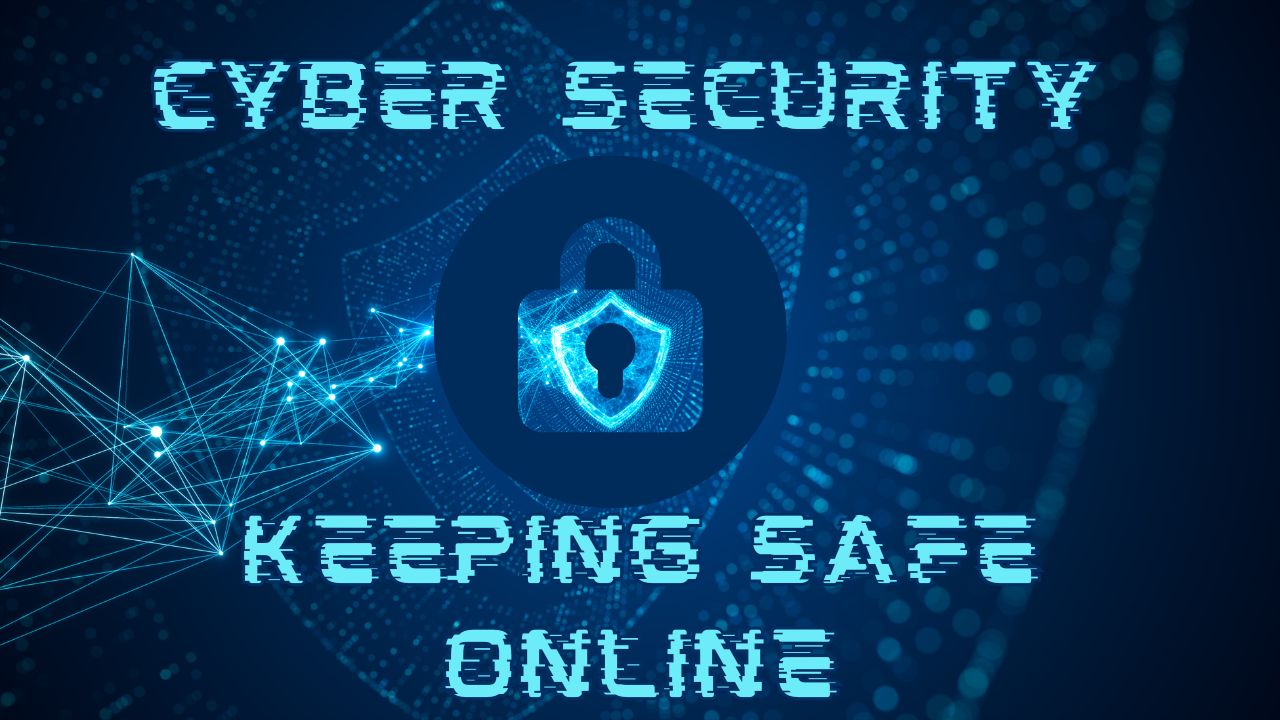In today’s digital landscape, protect your data from cyber threats is more crucial than ever. As we move further into 2024, understanding the evolving nature of these threats and implementing effective strategies to combat them is essential for both individuals and businesses. This guide will explore key concepts and actionable steps you can take to safeguard your data.
Understanding How to Protect Your Data from Cyber Threats
What Are Cyber Threats?
Cyber threats are malicious acts aimed at compromising the confidentiality, integrity, or availability of information systems. These can range from malware attacks and phishing schemes to ransomware and data breaches. In 2024, the sophistication of these threats has escalated, making it imperative to stay informed and prepared.
Types of Cyber Threats to Watch For in 2024
- Phishing Attacks: Often disguised as legitimate communications, phishing attacks trick users into revealing sensitive information. With the rise of deepfake technology, these scams are becoming increasingly convincing.
- Ransomware: This type of malware encrypts your data, demanding payment for access. Ransomware attacks have surged in recent years, targeting businesses of all sizes.
- IoT Vulnerabilities: As more devices become interconnected, the Internet of Things (IoT) presents new avenues for cybercriminals. Weak security in smart devices can lead to significant breaches.
- Supply Chain Attacks: Targeting third-party vendors, these attacks exploit trust relationships to infiltrate larger organizations.
By understanding these threats, you can better prepare yourself to defend against them.
Essential Strategies for Data Protection
Regularly Update Your Systems and Software
One of the simplest yet most effective ways to protect your data is to keep your systems and software updated. Software developers regularly release patches and updates to fix vulnerabilities that could be exploited by cybercriminals. Ensure that your operating system, applications, and antivirus programs are up-to-date.
Use Strong Passwords and Multi-Factor Authentication
Creating strong, unique passwords for each of your accounts is vital. A good password should be at least 12 characters long and include a mix of letters, numbers, and symbols. Additionally, enable multi-factor authentication (MFA) wherever possible. MFA adds an extra layer of security by requiring a second form of verification, such as a text message or authentication app.
Educate Employees on Cybersecurity Best Practices
If you run a business, employee training is crucial. Regularly educate your staff on the latest cybersecurity threats and best practices. Conduct simulated phishing exercises to help them recognize potential threats and respond appropriately. A well-informed workforce can serve as a formidable line of defense against cyber attacks.
Securing Your Network
Enable Firewalls and Intrusion Detection Systems
Firewalls act as barriers between your internal network and external threats. Ensure that firewalls are enabled on all devices and that they are properly configured. Intrusion detection systems (IDS) can monitor network traffic for suspicious activity, alerting you to potential breaches.
Protect Your Wi-Fi Network
Securing your Wi-Fi network is essential. Change the default password on your router and use WPA3 encryption for added security. Regularly review connected devices to ensure no unauthorized users have accessed your network.
Secure Remote Connections for Remote Work
With the rise of remote work, ensuring secure connections is paramount. Use Virtual Private Networks (VPNs) to encrypt data transmitted over public networks. Encourage employees to connect only through secure, private networks when accessing company resources.
Data Backup and Recovery
Implement Regular Data Backup Procedures
Backing up your data is one of the most effective ways to protect against data loss. Establish a regular backup schedule, using both local and cloud storage solutions. Ensure that backups are encrypted and stored securely to prevent unauthorized access.
Develop a Data Recovery Plan
In the event of a cyber incident, having a data recovery plan is critical. Outline the steps your organization will take to recover data and restore systems. Regularly test your recovery plan to ensure it works effectively when needed.
Engaging Cybersecurity Experts
When to Consult Cybersecurity Professionals
While implementing your own security measures is important, knowing when to consult experts can save you time and resources. Consider hiring cybersecurity professionals to conduct vulnerability assessments, penetration testing, and security audits. These experts can identify weaknesses in your defenses and recommend tailored solutions.
Choosing the Right Cybersecurity Solutions for Your Business
Investing in the right cybersecurity solutions is crucial for data protection. Research and select software that addresses your specific needs, whether it’s antivirus protection, firewall management, or comprehensive security suites. Ensure that the solutions you choose integrate well with your existing systems.
Staying Informed on Cybersecurity Trends
Key Cybersecurity Trends to Monitor in 2024
Staying updated on cybersecurity trends helps you anticipate and prepare for new threats. Some key trends to watch in 2024 include:
- Increased Use of AI in Cybersecurity: AI technologies are being employed to detect and respond to threats more quickly. However, they are also being used by attackers to create more sophisticated attacks.
- Growing Importance of Zero Trust Security: The zero trust model assumes that threats could be internal or external. This approach requires continuous verification of users and devices, minimizing the risk of unauthorized access.
- Emphasis on Data Privacy Regulations: With increasing regulations around data privacy, businesses must ensure compliance to avoid hefty fines and maintain customer trust.
The Role of Artificial Intelligence in Cybersecurity
AI is transforming the cybersecurity landscape by providing advanced threat detection and automated responses. Machine learning algorithms can analyze vast amounts of data to identify anomalies and potential threats in real-time. Leveraging AI tools can enhance your organization’s ability to defend against emerging threats.
Conclusion
Protect your data from cyber threats in 2024 requires a multifaceted approach. By understanding the nature of these threats and implementing essential strategies—such as regular software updates, strong password policies, employee education, and robust network security—you can significantly reduce your vulnerability. Additionally, staying informed about emerging trends and engaging cybersecurity professionals when necessary will bolster your defenses.
By prioritizing data protection, you not only safeguard your information but also maintain the trust of your customers and stakeholders. Remember, in the world of cybersecurity, vigilance and proactive measures are your best allies.
Related Post: How to Stay Safe from Cybercrime: Best Practices for 2024
Frequently Asked Questions (FAQs)
What Can I Do to Protect My Data?
Start by implementing strong password policies, enabling multi-factor authentication, and keeping your software updated. Regular data backups and employee training are also crucial.
How Do I Know If I’m a Target for Cyber Threats?
Signs you may be a target include receiving suspicious emails, experiencing slow system performance, or noticing unauthorized transactions. Stay vigilant and regularly monitor your accounts and systems.
What Should I Do After a Cyber Incident?
Immediately disconnect affected devices from the network, inform your IT team, and assess the extent of the damage. Follow your data recovery plan to restore systems and data.




